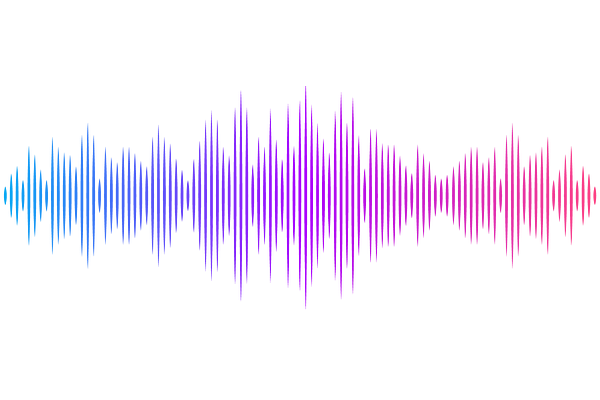Exploring the impact of interthalamic adhesion on human cognition: insights from healthy subjects and thalamic stroke patients

Exploring the impact of interthalamic adhesion on human cognition: insights from healthy subjects and thalamic stroke patients
Vidal, J. P.; Rachita, K.; Servais, A.; Peran, P.; Pariente, J.; Bonneville, F.; Albucher, J.-F.; Danet, L.; Barbeau, E. J.
AbstractBackground and Objectives: Interthalamic adhesion (IA), also known as the massa intermedia, is a structure that connects the median borders of both thalami across the third ventricle. Given it is difficult to identify on routine neuroimaging, its anatomical variants and function remain poorly studied. The main objective of this study was to clarify the role of IA on cognition. Our main hypothesis was that thalamus stroke patients with an IA would show better performance on neuropsychological tests than individuals without an IA through possible compensatory mechanisms. Methods: The study comprised a group of healthy subjects and a cohort of patients with isolated thalamic strokes at the chronic stage. All participants underwent 3T research T1w and FLAIR MRI as well as a neuropsychological assessment. The presence or absence of an IA and type of IA anatomical variant were evaluated by two independent reviewers. Results: 42 healthy subjects (mean age= 49) and 40 patients (mean age= 51) were finally included. 76% of participants had an IA, with a higher prevalence among women (92%) than men (61%). The presence or absence of an IA did not effect the neuropsychological performance of healthy subjects nor did the type of IA variant. Across all the tests, patients with an IA (n = 18) showed the lowest BF10 (157) while those without an IA (n = 10) exhibited the highest BF10 (10648) when compared to healthy subjects using a Bayesian rmANOVA. More specifically, patients without an IA performed more poorly in the verbal memory or Stroop task versus healthy subjects than patients with an IA. This effect was not explained by age, laterality of the infarct, volume or, localization of the lesion. Patients with an IA and lesions extending into the IA presented a similar trend to non-IA subjects which could however be explained by a greater volume of lesions. Discussion: IA does not appear to have a major role in cognition for healthy subjects but could play a compensatory part in patients with thalamic lesions.